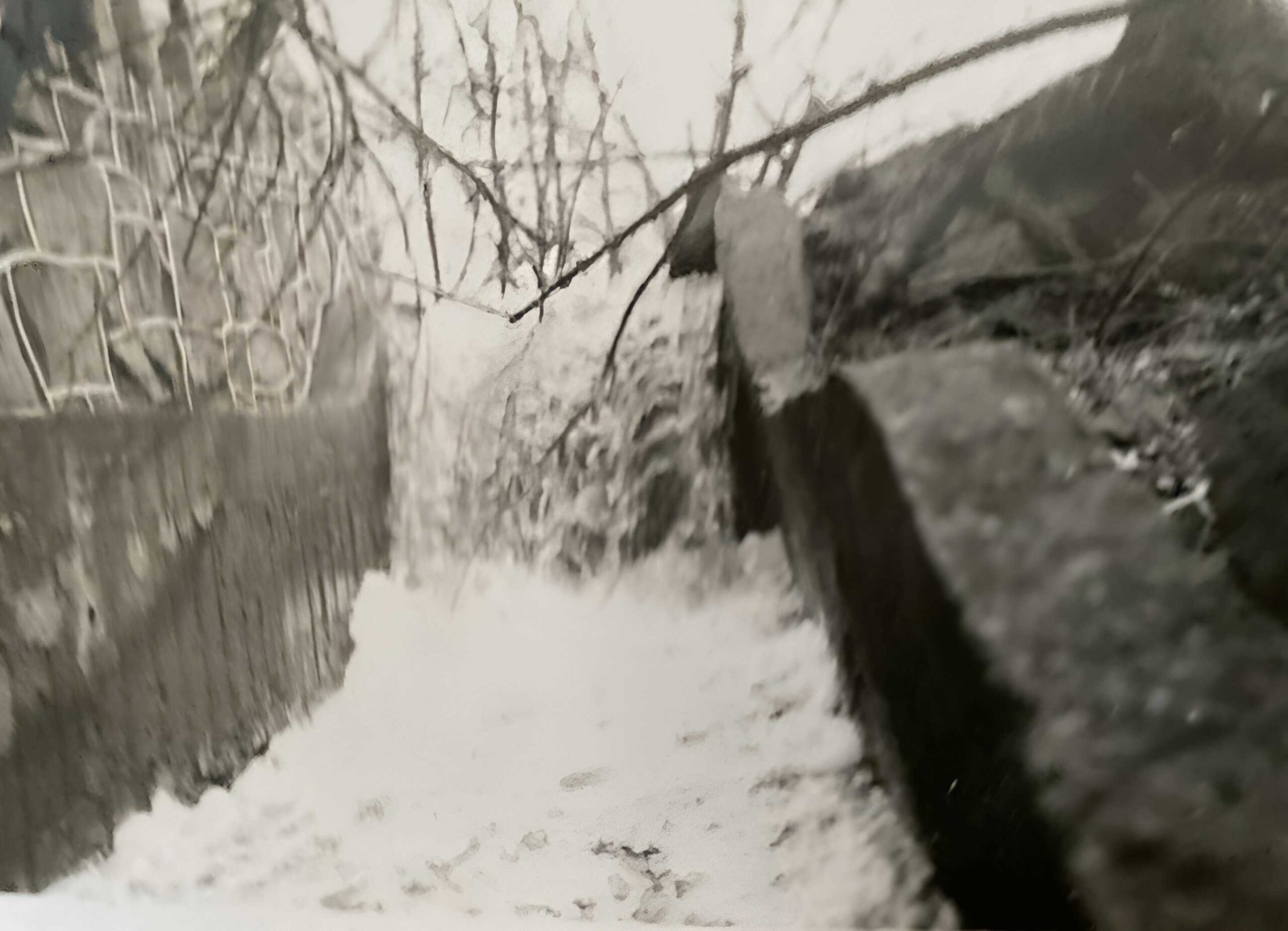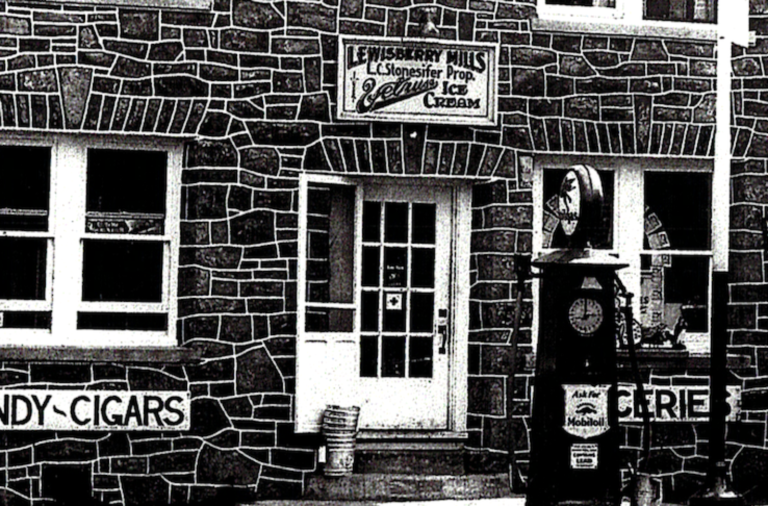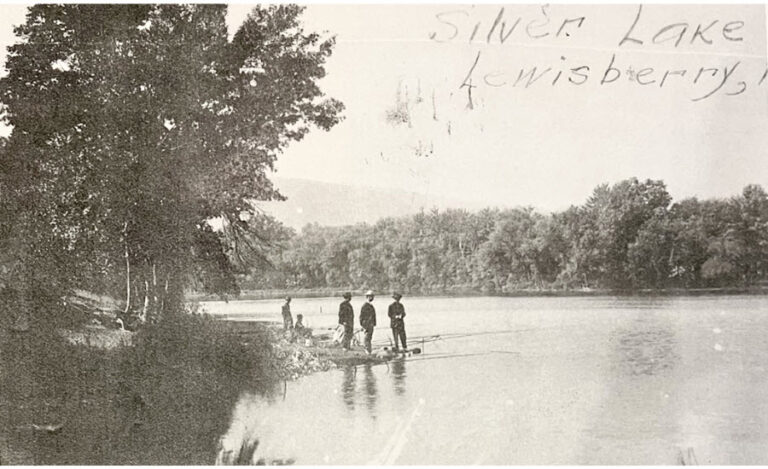“In an instant, Andy Torchia recognized the danger and realized his life was in jeopardy. His mind screamed with prayer, pleading for help to escape and find safety.”
The book The History of Silver Lake, which chronicles the evolution of Silver Lake outside Lewisberry, Pennsylvania, describes three critical features that maintain the lake’s water level: the earthen dam constructed c.1786, a little-known diversion dam that channels water from Bennett Run into the lake, and the spillway system. Observing the 1930s spillway from above, one would see a smooth, glass-like sheet of water flowing over the edge and crashing below, resembling an infinity pool. To an eight-year-old boy in 1951, this crystal-clear expanse appeared deceptively inviting. Beneath the crashing water, however, lies significant danger for anyone who might accidentally fall in. For a drowning victim caught beneath a waterfall, survival hinges on overcoming powerful hydrological forces.

In our research for the book, we aimed to better understand the “hydrological forces” at work, which led us to Wright Water Engineers, Inc. in Denver, Colorado. While the graphic above didn’t make it into the final layout (a stylized version based on an image from the Iowa Department of Natural Resources was used instead), we’re sharing it here to help illustrate the dangers faced if falling into a turbulent spillway. These forces include the immense sheer force and volume of water plunging from above, which can pull objects to the stream bed, the turbulent flow created by the cascading water, and the presence of an entrapment zone. This zone creates a turbulent, aerated environment that reduces buoyancy and produces a strong recirculating current, which can hold a victim underwater for hours.

Eight-year-old Andy Torchia took one step, and then another across the overflowing spillway. His feet were suddenly swept from beneath him by the rushing water and he was carried over the side into the perilous and turbulent current below. In Andy’s own words, “The water was rushing over the entire dam walkway (not just through the spillway). Like a stupid kid, I started walking through the water on the wide concrete walkway and was swept over and under the water below. I was underwater holding my breath. I started praying and felt a hand that guided me to the wall with the triangular stones on top. I grabbed a stone and somehow pulled myself out of the rushing water to safety. A moment in time that I will never forget.”
Guided by his “Angel buddies” who helped him reach the wall, along with the combined strength of an eight-year-old boy and his lightweight frame, Andy managed to pull himself out of the water. The triangular stone Andy mentioned was one of the pointed coping stones on the red/brownstone walls. While designed to help maintain the integrity of the wall over time and weather, the stones served as a gripping point to rescue a young drowning victim.
The loss of a young life is always deeply traumatic for those left behind. At Silver Lake, the grief would have been especially overwhelming for Andy’s family. His parents, along with numerous aunts, uncles, and cousins, lived on Torchia Hill above Silver Lake — a place where three of the four Torchia brothers had sought refuge to heal and start families after the trauma of World War II. To learn more about Andy’s story and his family’s years on Torchia Hill, grab a copy of our book!






